"Warming up" headphones - mythology
On the creation of this material, we were prompted by the questions of some users, asked in l / s, as well as in comments to a recent publication about the choice of headphones . Various resources in the network and a large number of people in the relevant forums also disseminate information about the “benefits” of “warming up” electrodynamic emitters. By “warming up,” the authors imply continuous hours-long use of speakers and headphones to change their physical properties and, accordingly, sound, often using so-called pink and white noise.
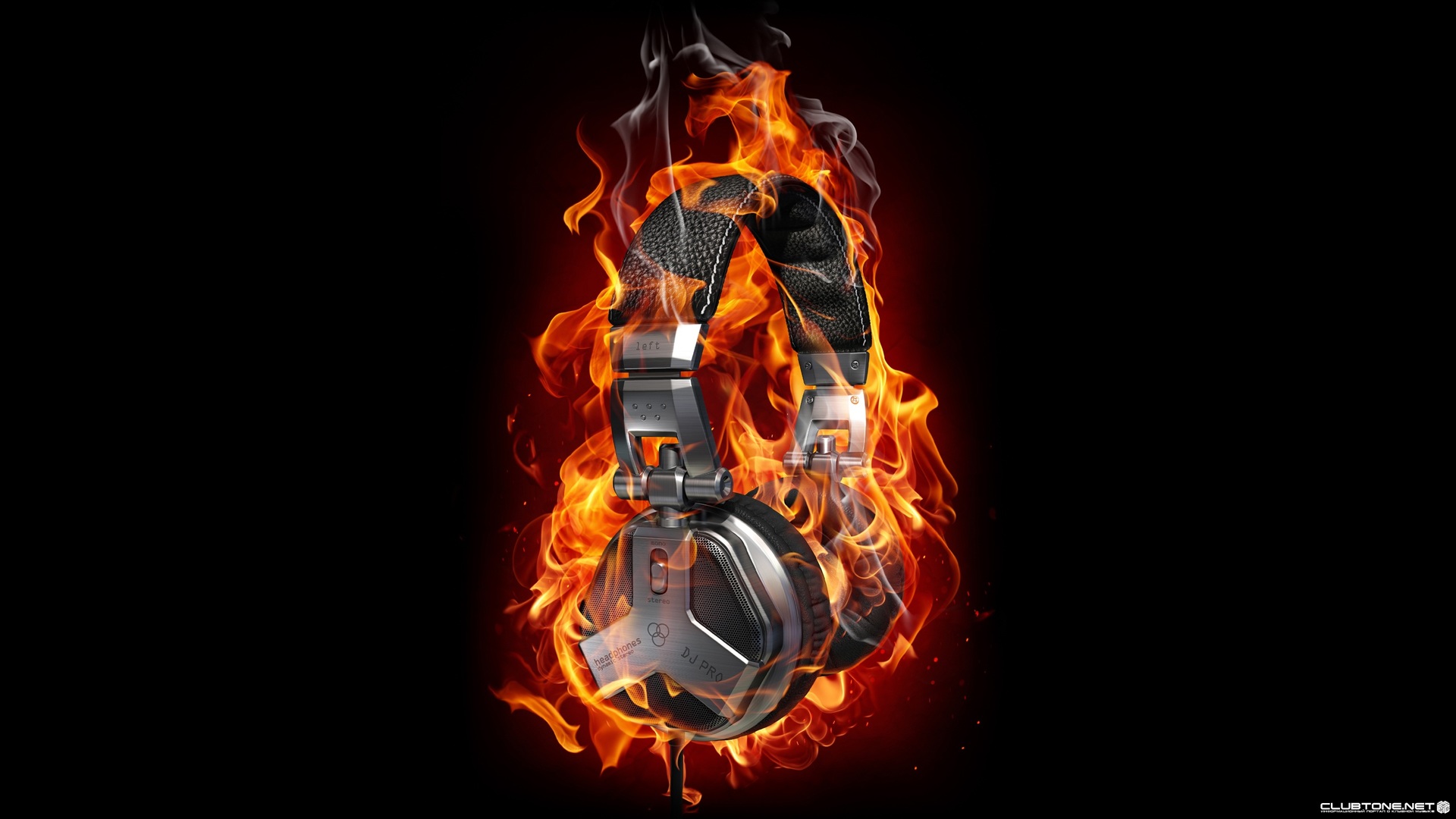
For those who need quick answers to the question "how to warm the speakers or headphones ?", As well as "how warming will affect the sound quality?" I will give simple and quick answers: "in no way" and "will never or almost never affect." For greater persuasiveness, we cite the statements of employees of manufacturing companies and experts in the field of sound.
')
Analysis of the information and some comments of experts allow Newton with confidence after hitting the apple, saying that “warming up” the headphones is useless. But still, in order for all people to understand what is being said, let us begin with the myth itself. Further the argumentation in favor of the drawn conclusions will follow.
The following information is a fiction of the author and has no real prototypes.
As "everyone" knows, the "warming up" of acoustic systems and headphones has been known since antiquity. One of the authors, who lived in one of the Greek policies (his name, as usual, did not preserve history), wrote about the “warming up” of the following:
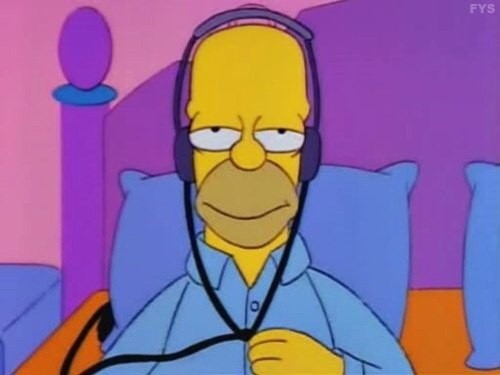
Modern followers of an unknown ancient author expound the following arguments in favor of warming up the speakers:
The “theory” of “warming up” dynamic loudspeakers, and even more so drivers of other types, does not stand up to criticism, both from the point of view of practical application and from the point of view of materials science. Only a number of manufacturers of low-frequency acoustics include in the manuals recommendations for heating, indicating the time from 50 to 100 hours, but the latter does not apply to headphones. It is also unknown whether this is a tribute to tradition or has a technical basis. Moreover, it is not clear why these manufacturers are not engaged in “warming up” in the process of pre-sale preparation.
Almost unambiguous counterarguments, which testify against the “theory” of warming up, and especially of headphones, are the following:
The first is that the materials used to create dynamic and other emitters do not need an additional increase in elasticity. Significant changes in density, elasticity and other properties that are responsible for the electromechanical characteristics of acoustics in the process of "warming up" do not undergo;
The second is the design of the drivers, and the headphones as a whole does not imply additional pre-operational preparation of the “warm-up” type, since the engineers designing it create a device ready for immediate use;
Thirdly , theoretically possible changes in the properties of materials that occur during "warming up" (prolonged use) do not actually affect the sound and do not affect the quality of the product in any way, since in most cases they are within the permissible error of the device parameters or are not recognized at all hardware, no blind tests.
At the moment, there is not a single scientific work, there is not a single experiment from the scientific point of view confirming the opinion of supporters of the “theory of heating”.
The cautious statements of some headphone manufacturers regarding “warming up” are demonstrative. For the most part, they are very contradictory, which, with a high degree of probability, is connected with the reluctance to hurt the feelings of those audiophiles who are groundlessly convinced of the truth of the positive influence of this manipulation on the sound quality.
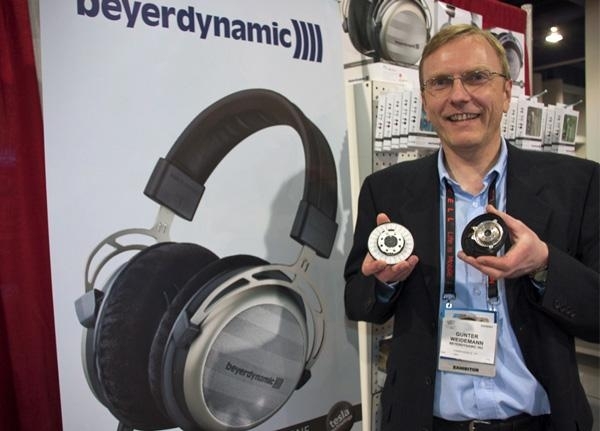
Lead designer Beyerdynamic Günther Wademan, who was involved in the creation of the legendary Tesla (Beyerdynamic T1), evasively answered the question of warming up, saying the following:
“We do not recommend a specific period for warming up. Some audiophiles do not warm their headphones at all, while others are quite satisfied with a few hours of warm-up. ”
Carefully answered the question about the warm-up and representatives of MEElectronics:
Warming up is not a necessary procedure in order to enjoy MEElectronics headphones. However, many people report improved sound after warming up.
Regarding the duration of the warming, we note again - it is not necessary to warm up the headphones, but if you decide to do this, according to the opinion of most enthusiasts, this time should be 50 hours. If you have not noticed any changes after warming up, this is normal.
Other representatives of major brands say more categorically that there is no need for “warming up”, there is no data on its effect, no one has released specifications for warming up.

Scott Houston from the German company Sennheiser asked the following regarding the necessity and warm-up time of the speakers:
We do not have any specifications regarding the warm-up time. This is not necessary, and the headphones can perfectly play music at any volume - as soon as you get them out of the package.

No less categorical was Shure’s sound engineer, Yuri Shulman , who expressed the following opinion on warming up on the company's official blog:
“The need for warming up is more a myth than a fact. This is a matter of perception. Shure headphones sound the same throughout their use. ”
Shure conducted the following test: several pairs of E1 headphones, produced in 1997, were re-checked after several years of operation and their actual technical parameters were determined. Bottom line: all characteristics remained unchanged and fully consistent with those that were at the first use.
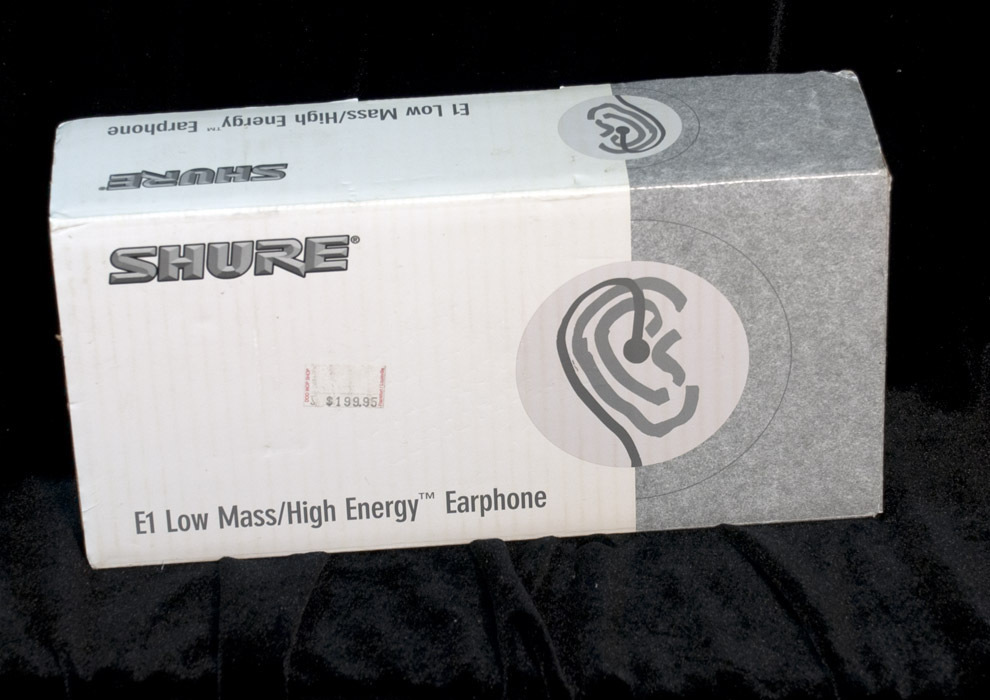
From the above, it becomes clear that the “warming up” does not have any significant effect on the characteristics of the headphones, the quality of their sound, and therefore this procedure is practically useless.
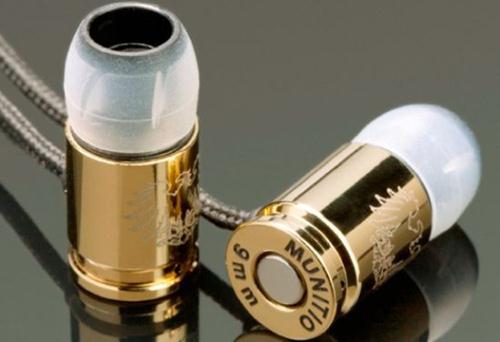
Only in part we can agree that the warm-up procedure can lead to changes in the frequency response, as a rule, in the tweeter, with the so-called "paper" membrane. The last statement is based on the experiment of the circuit design engineer Alexander Bolshakov, who in 1987 noticed a change in the lower limit of the frequency range of 1.5 Hz on the 75GD1 Soviet speakers after 80 hours of warm-up using the LFO, while not audibly noted any changes in the sound radiator.
The engineer himself casts doubt on the purity of the above experiment due to possible errors in the equipment, as well as differences in conditions (temperature, humidity).
The opinion of the author of the material is not the official position of the company PULT.RU, which in matters of "warming up" retains neutrality, based on an insufficient study of the issue in acoustics and solid state physics.

For those who need quick answers to the question "how to warm the speakers or headphones ?", As well as "how warming will affect the sound quality?" I will give simple and quick answers: "in no way" and "will never or almost never affect." For greater persuasiveness, we cite the statements of employees of manufacturing companies and experts in the field of sound.
')
Analysis of the information and some comments of experts allow Newton with confidence after hitting the apple, saying that “warming up” the headphones is useless. But still, in order for all people to understand what is being said, let us begin with the myth itself. Further the argumentation in favor of the drawn conclusions will follow.
Myth
The following information is a fiction of the author and has no real prototypes.
As "everyone" knows, the "warming up" of acoustic systems and headphones has been known since antiquity. One of the authors, who lived in one of the Greek policies (his name, as usual, did not preserve history), wrote about the “warming up” of the following:
Having bought phones for ears that are called,
Or large speakers with sound inspired
Do not dare to break the immutable law that was given by the great Apollo -
Do not listen to the sound that the cold of Aida filled!
Do not listen fools that shout about the laws of the earth,
Warm up the speaker rather, in order to clean it from cold filth!
Only the gods are able to fill the membrane with energy, pure, through the pink noise passing through the clock.
By warming up a great goal you will achieve!

Modern followers of an unknown ancient author expound the following arguments in favor of warming up the speakers:
- “All mechanical systems need to be“ rolled in ”like a new car” - especially typical of specialists in the field of car audio;
- “Warming up allows the dynamics to acquire permanent mechanical properties”;
- “Warming up increases the elasticity of the membrane of the acoustic emitter so much that it radically changes the sound”;
- “For warming up, it is necessary to use pink noise, which during long-term playback changes the properties“ correctly ”;
- “The theory of warming up” is proved by modern physical science, changes after warming are reflected in the frequency range of acoustics and frequency response ”;
- “Any acoustics must be“ warmed up ”from 50 to 200 hours, and in some cases a longer time.”
Reality
The “theory” of “warming up” dynamic loudspeakers, and even more so drivers of other types, does not stand up to criticism, both from the point of view of practical application and from the point of view of materials science. Only a number of manufacturers of low-frequency acoustics include in the manuals recommendations for heating, indicating the time from 50 to 100 hours, but the latter does not apply to headphones. It is also unknown whether this is a tribute to tradition or has a technical basis. Moreover, it is not clear why these manufacturers are not engaged in “warming up” in the process of pre-sale preparation.
Almost unambiguous counterarguments, which testify against the “theory” of warming up, and especially of headphones, are the following:
The first is that the materials used to create dynamic and other emitters do not need an additional increase in elasticity. Significant changes in density, elasticity and other properties that are responsible for the electromechanical characteristics of acoustics in the process of "warming up" do not undergo;
The second is the design of the drivers, and the headphones as a whole does not imply additional pre-operational preparation of the “warm-up” type, since the engineers designing it create a device ready for immediate use;
Thirdly , theoretically possible changes in the properties of materials that occur during "warming up" (prolonged use) do not actually affect the sound and do not affect the quality of the product in any way, since in most cases they are within the permissible error of the device parameters or are not recognized at all hardware, no blind tests.
At the moment, there is not a single scientific work, there is not a single experiment from the scientific point of view confirming the opinion of supporters of the “theory of heating”.
The cautious statements of some headphone manufacturers regarding “warming up” are demonstrative. For the most part, they are very contradictory, which, with a high degree of probability, is connected with the reluctance to hurt the feelings of those audiophiles who are groundlessly convinced of the truth of the positive influence of this manipulation on the sound quality.

Lead designer Beyerdynamic Günther Wademan, who was involved in the creation of the legendary Tesla (Beyerdynamic T1), evasively answered the question of warming up, saying the following:
“We do not recommend a specific period for warming up. Some audiophiles do not warm their headphones at all, while others are quite satisfied with a few hours of warm-up. ”
Carefully answered the question about the warm-up and representatives of MEElectronics:
Warming up is not a necessary procedure in order to enjoy MEElectronics headphones. However, many people report improved sound after warming up.
Regarding the duration of the warming, we note again - it is not necessary to warm up the headphones, but if you decide to do this, according to the opinion of most enthusiasts, this time should be 50 hours. If you have not noticed any changes after warming up, this is normal.
Other representatives of major brands say more categorically that there is no need for “warming up”, there is no data on its effect, no one has released specifications for warming up.

Scott Houston from the German company Sennheiser asked the following regarding the necessity and warm-up time of the speakers:
We do not have any specifications regarding the warm-up time. This is not necessary, and the headphones can perfectly play music at any volume - as soon as you get them out of the package.

No less categorical was Shure’s sound engineer, Yuri Shulman , who expressed the following opinion on warming up on the company's official blog:
“The need for warming up is more a myth than a fact. This is a matter of perception. Shure headphones sound the same throughout their use. ”
Shure conducted the following test: several pairs of E1 headphones, produced in 1997, were re-checked after several years of operation and their actual technical parameters were determined. Bottom line: all characteristics remained unchanged and fully consistent with those that were at the first use.

From the above, it becomes clear that the “warming up” does not have any significant effect on the characteristics of the headphones, the quality of their sound, and therefore this procedure is practically useless.

Only in part we can agree that the warm-up procedure can lead to changes in the frequency response, as a rule, in the tweeter, with the so-called "paper" membrane. The last statement is based on the experiment of the circuit design engineer Alexander Bolshakov, who in 1987 noticed a change in the lower limit of the frequency range of 1.5 Hz on the 75GD1 Soviet speakers after 80 hours of warm-up using the LFO, while not audibly noted any changes in the sound radiator.
The engineer himself casts doubt on the purity of the above experiment due to possible errors in the equipment, as well as differences in conditions (temperature, humidity).
The opinion of the author of the material is not the official position of the company PULT.RU, which in matters of "warming up" retains neutrality, based on an insufficient study of the issue in acoustics and solid state physics.
Source: https://habr.com/ru/post/369845/
All Articles